The Difference Between Convergent and Divergent Thinking
This post may contain affiliate links.
Do you know the difference between convergent and divergent thinking?
A lack of divergent thinking opportunities for our children inhibits creativity and the ability to problem-solve so I want to define terms as well as give you examples of both.
The Difference Between Divergent and Convergent Thinking
Convergent Thinking
(Stickman)

Linear
Convergent Thinking
Worksheet-Heavy
Early Academic Push
Skill & Drill
Right Answers
Often the media or politicians prey on our deepest fears and dreams for our children, pushing the message that if we don’t prioritize academics, our kids will be “behind.”
Indeed after quarantine, this is more true than ever. And yes, kids are falling behind academically due to the pandemic circumstances.
However, I believe we must be very clear as we move forward that we don’t push convergent learning only. This does not get the kind of learners that we want. Knowing facts does not translate into being able to problem-solve or be creative.
Fact-based, linear learning is one kind of learning. It’s based on a convergent thinking model.
Convergent thinking is learning facts, following instructions, and solving problems with ONE right answer.
Certainly, this kind of learning has its place. Math is an example of convergent thinking. Standardized tests are convergent; so is an IQ test.
Except, most children do not learn best in a “tell and show” method (aka. a teacher tells them what to learn and kids demonstrate that they’ve learned it.)
Yes, kids will learn something, but they won’t become thinkers, learners, and creative problem solvers. (Ritchhart, R., Church, M., Morrison, K. Making Thinking Visible (2011))
Example: A friend’s 5-year old son, David, took the IQ test and did poorly; he wasn’t a convergent thinker. He got this question wrong: What color is a banana? The “right” answer was yellow. David answered white and got the question wrong.
Like a two-dimensional stick figure, or what I’m calling the Way of the Stickman, is when children start ignoring the possible answers in favor of one “right” answer.
In Making Thinking Visible, the authors call this surface learning. They add, “When a worksheet is being filled out, the amount of interaction is reduced and the focus becomes doing the work rather than the learning.”
Possible End Results:
passivity towards learning
poor problem solvers (Michnik Golinkoff, R., Hirsh-Pasek, K., Eyer, D. Einstein Never Used Flashcards, 2004)
inability to think (Kamii, 1984)
behavior problems (Semrud-Clikeman, Margaret)
learning disabilities (Healy, Jane. Different Learners, 2010) in the context of forced academics too young
A revealing study about creativity from Land and Jarman’s book Breakpoint and Beyond elaborates this. Also, Sir Ken Robinson cited in this study in a speech. The study showed how children at age five start their schooling as geniuses in creativity, problem-solving, and divergent thinking (the opposite of convergent thinking) but lose this natural giftedness with each year in school. Each year they become more linear, like stickmen.
Here’s an example of a linear learning activity that my kindergartener brought home. Guess what? EVERYONE’s “art” looked exactly the same.

It’s a convergent assignment because the shapes had to go exactly where the teacher said and there was ONE right answer.
*It could have been divergent if the teacher had allowed the learner to put the shapes anywhere. Now that would have been cool!
Here’s another convergent activity.
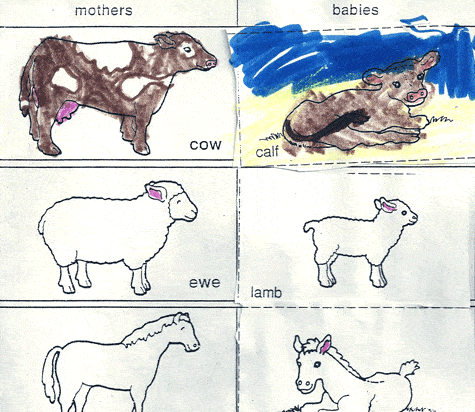
Divergent Thinking
(Chimera)
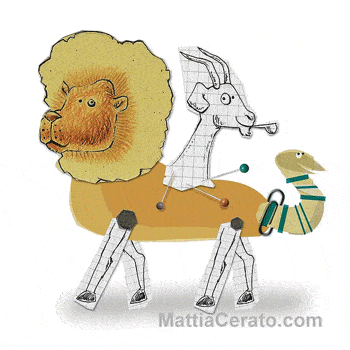
Constructivist Approach
Divergent Thinking
Collaboration
Projects
In contrast to linear thinking, divergent thinking is generating unique solutions and seeing various possibilities in response to questions and problems. (Watch Sir Ken Robinson’s speech on Changing Education Paradigms.)
Often people call this “thinking outside the box”.
Doesn’t a chimera remind you of this way of seeing possibilities?
Creativity and divergent thinking are interrelated — you must be able to think divergently to be creative.
If you want to apply this to education, children become creative thinkers when they’re in learning environments that use a constructivist approach.
Constructivist learning happens when kids construct their own learning by building on background knowledge, experience, and reflecting on those experiences.
Highly-skilled teachers (or homeschool parents) facilitate the child’s learning knowing exactly what the child knows and what learning comes next for him or her. Lev Vygotsky says the learner becomes “a head taller” when the teacher “scaffolds” learning.
-
-
- In Making Thinking Visible, the authors explain that teachers are not delivering curriculum to a passive group of students but actively engaging students with ideas then guiding their thinking about those ideas. They call it deep learning.
- “Learners are given the freedom to think, to question, to reflect, and to interact with ideas, objects, and others—in other words, to construct meaning.” Brooks and Brooks.
- The highest-level executive thinking, making of connections, and “aha” moments are more likely to occur in an atmosphere of “exuberant discovery,” where students of all ages retain that kindergarten enthusiasm of embracing each day with the joy of learning. Willis, Judy Research-Based Strategies to Ignite Student Learning: Insights from a Neurologist and Classroom Teacher (ASCD, 2006)
- In Anne Flemmert Jensen’s paper, What do Children Need to Learn to Become Powerful Players in the World of Tomorrow?, for LEGO Education, she writes “children enrolled in preschools based on constructivist approaches do better in school in the long run (Miller & Bizzell, 1983; Marcon, 1992).” Loads of research support this finding. (See the entire bibliography in Einstein Never Used Flashcards.)
-
You’re seeing the difference now, right?
Here’s an example of a divergent learning activity:
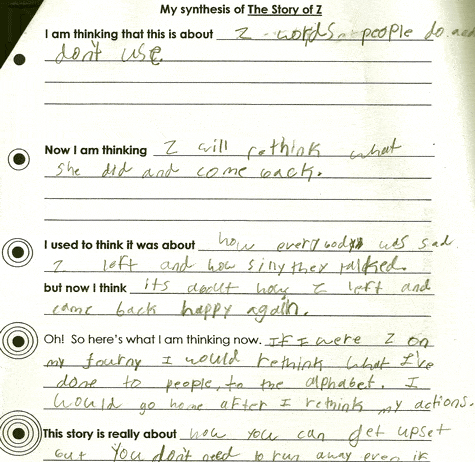
The worksheet asks kids to think and reflect and change their thinking WITHOUT HAVING ANY RIGHT ANSWERS.
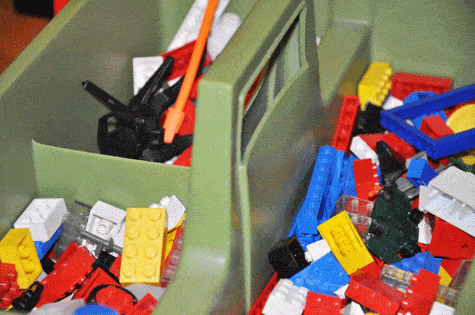
Legos without any directions are another example of an opportunity for divergent thinking.
The prompts on the Think blog also will get kids creatively problem-solving.
The Importance of a Both Convergent and Divergent Learning Approach
But, before you run off and demand an end to all convergent learning and thinking, don’t.
We actually need both convergent and divergent thinking.
“Creativity requires constant shifting, blender pulses of both divergent thinking and convergent thinking, to combine new information with old and forgotten ideas. Highly creative people are very good at marshaling their brains into bilateral mode, and the more creative they are, the more they dual-activate.” – The Creativity Crisis by Po Bronson and Ashley Merryman
The goal is MORE divergent thinking and LESS convergent thinking.
Comment below with your questions or goals!
–> Quiz yourself – can you spot which activities are divergent and which are convergent?
–> READ: Teach kids to think about their own thinking (metacognition)
Updated 2/1/22
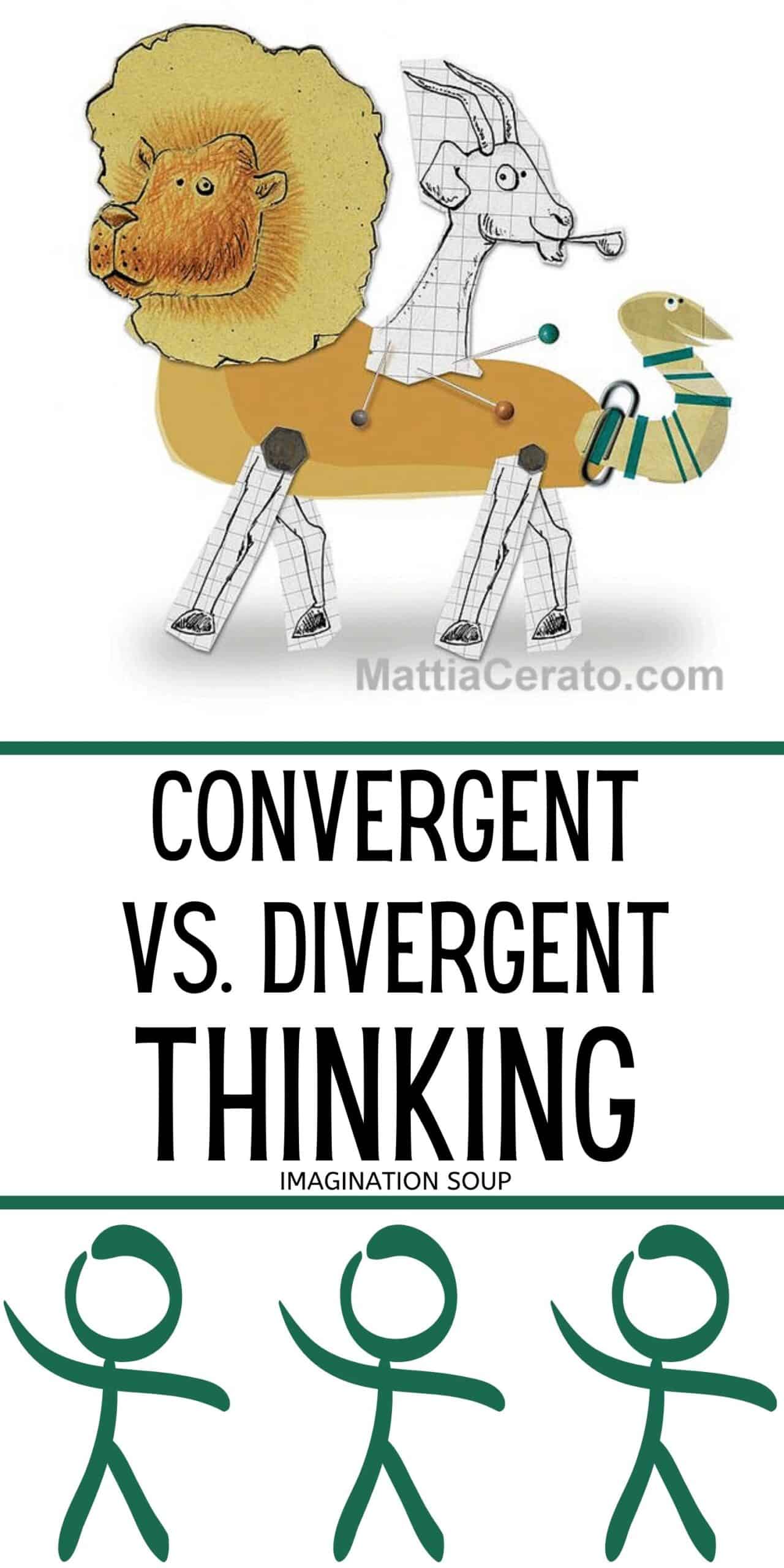



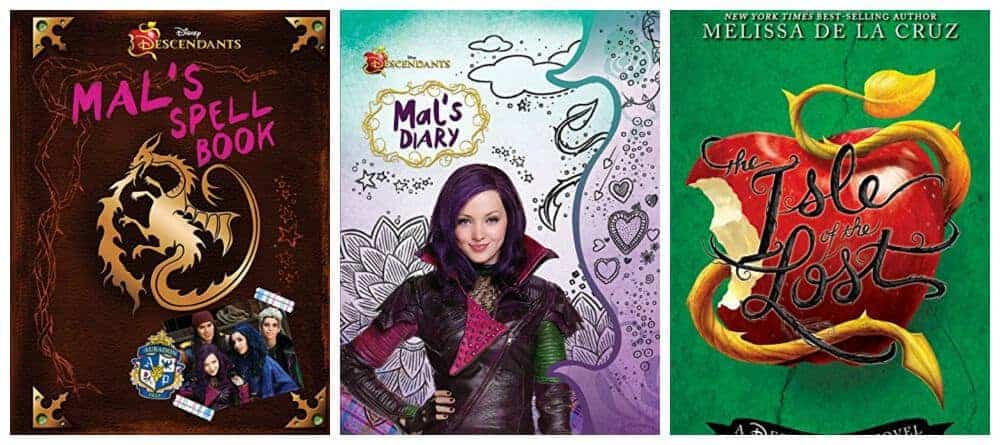
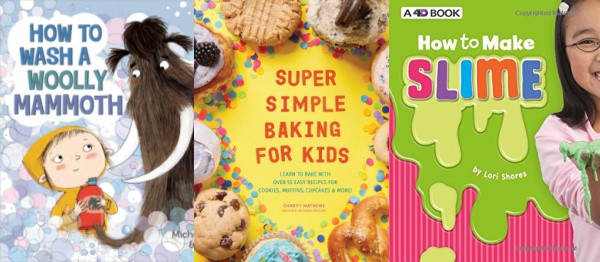
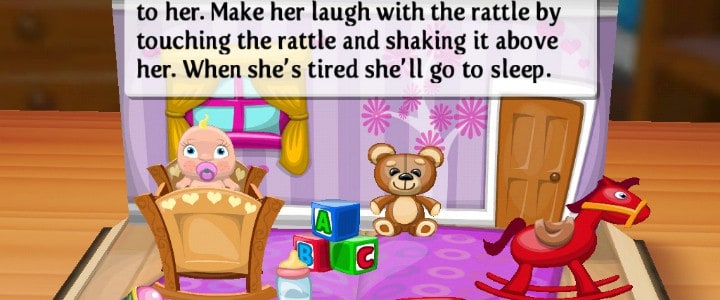
I was in first grade at Stone School in Chicago. Miss Mitchell gave us coloring pages of fruits and vegetables. I colored the grapes green and she marked a big X over them. When I asked the teacher what was wrong she said grapes are purple. I told her I had never seen purple grapes. We had only green grapes at my house. She said I should have colored the grapes purple and don’t argue about it. To me it was like saying I should have colored the lemons purple; it wasn’t my reality. But little did I know that the following day would be even more distressing. Miss Mitchell tried to convert me from being left handed to right handed! Grapes or no grapes, I wasn’t having it.
I enjoy and admire your website very much. You offer wonderful information about the importance of fostering creative thinking skills in our kids.
oh, how could I miss green? Maybe because I hate green bananas!?
Thanks, Marty!
Beautiful post, Melissa, with great links to many important resources and additional information. My wife has steered me to understand many of these concepts and more. We are actively engaged in providing real ways to give kids a chance to practice creative thinking with lesson plans (all free for now) and more in the works. Looking forward to more in your series.
Of course, the banana could be green, too. Just sayin’.
Great refresher course… that brought back a lot of “Oh yeah, I learned that term in college.” Hopefully I haven’t forgotten the methods, but I think I did forget a few terms 🙂 I absolutely agree that we need more divergent thinking in education and I think it is even more imperative for this generation. Most of their experiences won’t be using convergent thinking. If you think about it, networking, using the internet, social media, etc. all require the ability to not think linearly. It makes me wonder, though, if schools will catch up to this research before it’s too late. Sadly, I read an article in the Huff post education column yesterday about literacy in which the author claimed we are about 30 years behind using what research says about teaching reading and what is actually happening in many (not all) classrooms. Thanks for taking the time to provide this article. Hopefully it will help all of us to think about what we are doing!
I wonder the same thing. Worry more than wonder I suppose.
Thank you for this post. I am trying hard to encourage divergent thinking in my children. The quote you used that children start school as geniuses in creativity… and lose it with each year of school (I apologise for my quick summary of quote) makes me so sad.
it is sad – and scary, right!?